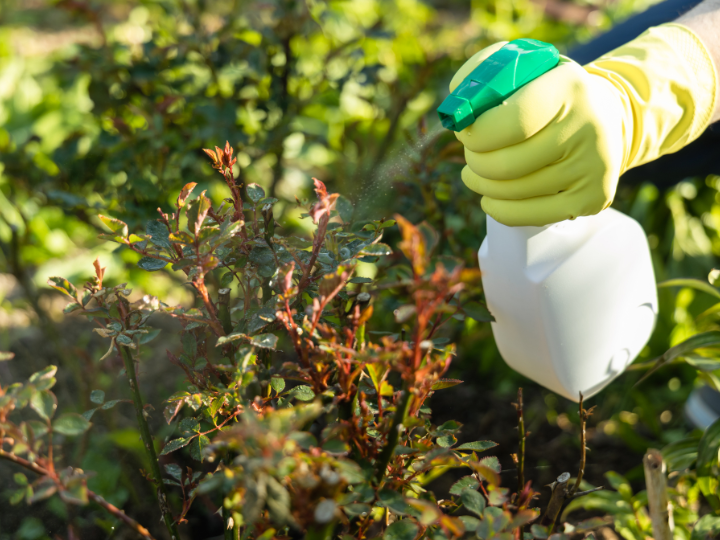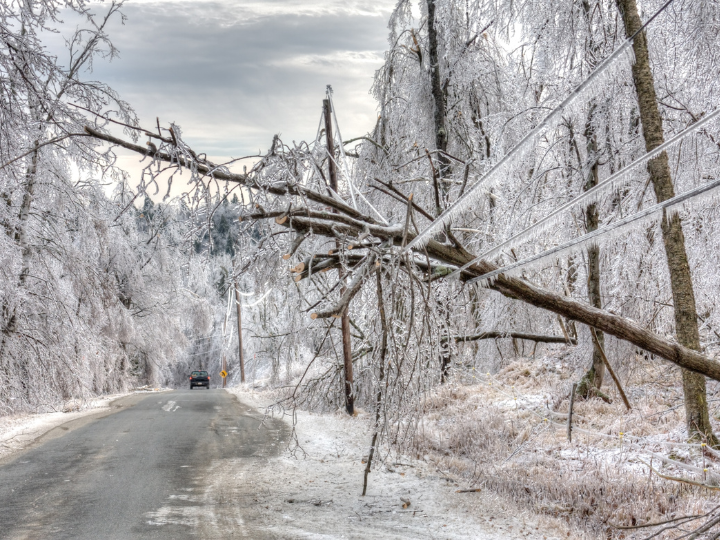As temperatures rise and nature comes back to life, spring brings more than just blooming flowers and longer days—it also signals the return of pests. Homeowners often face unwelcome visitors like termites, rodents, ants, and other seasonal pests, which can cause structural damage and lead to costly repairs. But when an infestation happens, does your home insurance step in to help?
Understanding what’s covered (and what’s not) can help you prepare for potential pest-related issues before they become a serious problem.
Does Home Insurance Cover Pest Damage?
In most cases, home insurance does not cover pest damage. Insurance providers typically consider infestations a preventable maintenance issue, meaning homeowners are expected to take the necessary precautions to keep pests from causing harm.
However, there are a few exceptions where home insurance might help:
- If Pests Cause a Sudden, Unexpected Event – If rodents chew through wiring and start a fire, or termites cause a ceiling collapse, the resulting damage (not the infestation itself) may be covered.
- If an Infestation Leads to Insured Perils – If pests contribute to a covered event (such as water damage from a broken pipe they’ve chewed through), your policy might help cover the repairs.
Since policies vary it’s always a good idea to review your home insurance coverage and speak with your provider about specific concerns.
Common Spring Pests and Their Risks
Each season brings different pest concerns, but spring is one of the busiest times for infestations. Here’s what to watch for:
- Termites: Known as “silent destroyers,” termites feed on wood and can compromise the structural integrity of your home.
-
Rodents (Mice & Rats): These pests chew through wires, insulation, and even plumbing, potentially leading to electrical fires or water damage.
-
Carpenter Ants: Unlike termites, they don’t eat wood, but they do burrow into it, weakening the foundation and support beams.
-
Wasps & Bees: Nests in or around your home can be a serious safety hazard, especially for those with allergies.
-
Cockroaches & Silverfish: These pests thrive in damp areas and can damage books, clothing, and furniture while also spreading bacteria.
Preventing Pest Damage This Spring
Since home insurance typically won’t cover pest-related repairs, prevention is key. Here are some proactive steps to protect your home:
- Seal Entry Points: Check for cracks, gaps, and holes around doors, windows, and foundations.
-
Keep Your Home Dry: Many pests thrive in moisture—repair leaks, clean gutters, and ensure good ventilation.
-
Store Food Properly: Keep food sealed and clean up crumbs to avoid attracting insects and rodents.
-
Trim Vegetation: Keep trees, shrubs, and firewood away from your home to reduce hiding spots for pests.
-
Schedule Regular Inspections: A professional pest control service can detect issues early before they become major problems.
_
Spring is a time for fresh starts, and part of that means keeping your home protected from seasonal pests. While home insurance likely won’t cover infestations or gradual damage caused by pests, taking preventative measures now can save you from expensive repairs later.
If you’re unsure about what your policy covers or want to review your home insurance for peace of mind, we’re here to help! Contact us today to go over your coverage and ensure your home is protected—no matter what spring brings.










